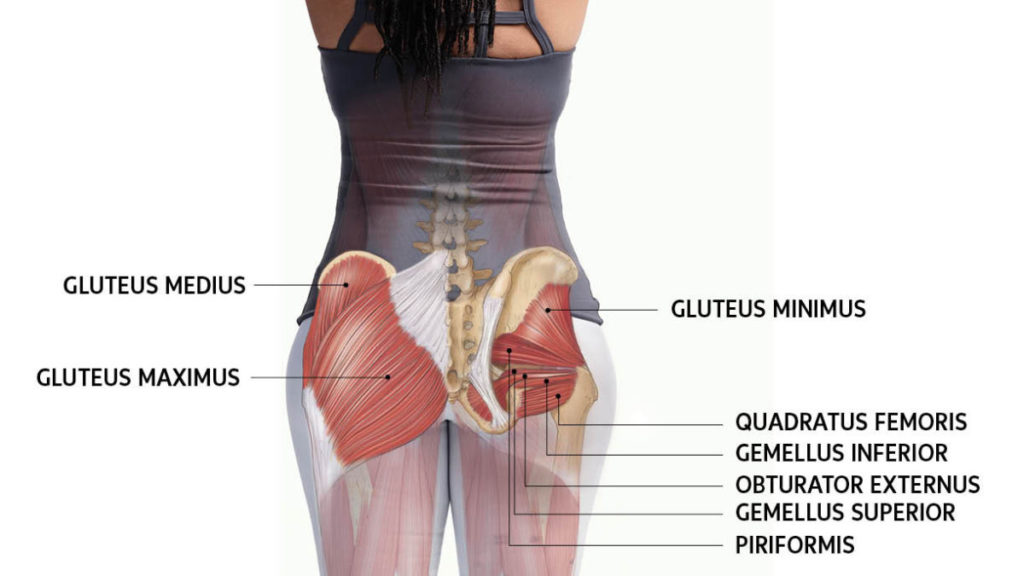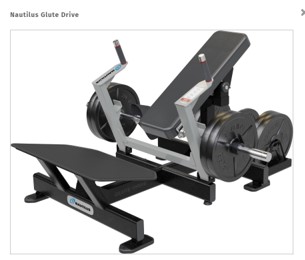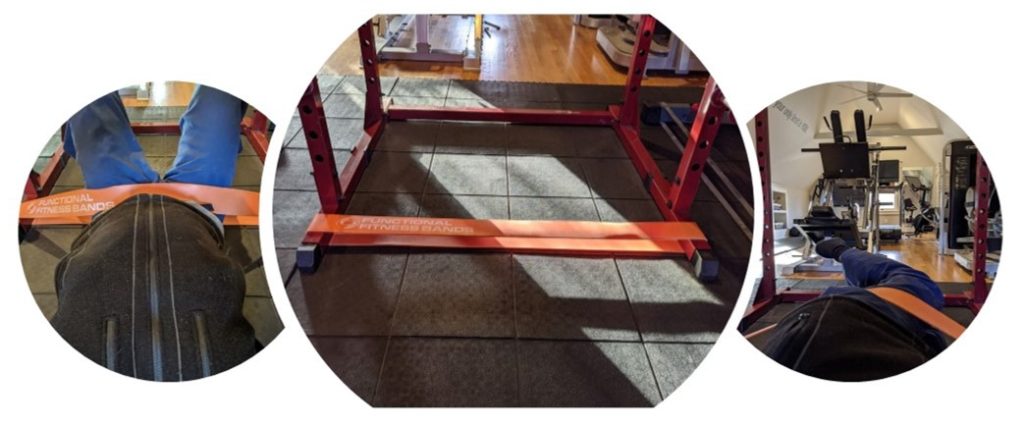First, as a late baby boomer, I have to ask, what’s up with this butt implant thing? I see many celebrities right now with really small bodies and really big butts. Why is this a thing? If you’re wondering what your doctor is doing asking about celebrity butts, that’s a great segway into this week’s Aging Athlete series. Let’s dive into why keeping your butt muscles big as you age will help protect your hips and back. Let’s talk about how how losing your butt is just a sign of aging, not a must!
The Old Flat Butt, and How Losing Your Butt is a Real Thing
First, I feel like a 3rd grader even using the term “butt”, but hey we’re all adults, right? Let’s all admit it, we all notice that our older friends just don’t have that same butt that they did when they were younger. Is losing your butt a real thing? Yep. In fact, a research group in 2015 looked at 185 gluteal regions on MRI and found that not only was there a trend toward shrinking butt muscles with age (gluteus minimus and maximus), but that as the muscles atrophied, their tendons ended up getting frayed and torn (1). Meaning older people had flat butts with more tendon tears in their gluteal muscles.
We also know that the butt muscles are stabilizers of the hip joint and that in people with hip arthritis, these muscles don’t work as well (2). We also know that atrophy (shrinking) of the gluteal muscles happens in patients with low back pain (3,4). Hence, a strong butt is likely associated with protecting the back and hips.
How You Can Keep or Regain Your Butt
Awhile back, I noticed that my butt was getting flabby and flat. I also noticed that my back could get wrecked by something as simple as turning a shopping cart or opening a heavy sliding door. My ITB was also frequently on fire. Hence, I began an intensive butt rehab program and now I can do all of these things with a much quieter ITB. Let me explain.

If your backside has begun to go south (like mine), there are two levels of booty boot camp. The first is made up of these three simple exercises (click on the image below to get a bigger and printable pdf):
If you do these exercises for a few months, you’ll begin to get a more pronounced posterior.
The Advanced Series: The Booty Blaster
After a few months of the above exercises, I could feel confident that my butt was kicking in when I did things like open the massive oak sliding doors in our 1890s house. However, I was looking for something more. I soon located butt exercise machines like this one online:
This is the almost three thousand dollar “Nautilis Glute Drive” machine, a marvel of modern derrière engineering. I almost bought one, but then I realized there was a better way. I went on Amazon and bought this:

I looped the orange band around the bottom of a squat cage, but it could go around anything. This is what it looks like:
I call this the Booty Blaster, and losing your butt won’t be an issue after doing this exercise. This allows for advanced booty boot camp by adding resistance to your exercises. On the left is the bridge exercise that you see above and on the right is a side leg lift. So for thirty bucks, you can boost your booty resistance.
The upshot? Getting your glutes in good shape is not only a great strategy to look better, but can protect your back and hips. So don’t be that aging athlete with a flat butt! Reclaim your prodigious posterior!
____________________________________________________________________
(1) Chi AS, Long SS, Zoga AC, Read PJ, Deely DM, Parker L, Morrison WB. Prevalence and pattern of gluteus medius and minimus tendon pathology and muscle atrophy in older individuals using MRI. Skeletal Radiol. 2015 Dec;44(12):1727-33. doi: 10.1007/s00256-015-2220-7.
(2) Zacharias, Pizzari T, Semciw AI, English DJ, Kapakoulakis T, Green RA. Comparison of gluteus medius and minimus activity during gait in people with hip osteoarthritis and matched controls. Scand J Med Sci Sports. 2019 May;29(5):696-705. doi: 10.1111/sms.13379.
(3) Amabile AH, Bolte JH, Richter SD. Atrophy of gluteus maximus among women with a history of chronic low back pain. PLoS One. 2017;12(7):e0177008. Published 2017 Jul 17. doi:10.1371/journal.pone.0177008
(4) Skorupska E, Keczmer P, Łochowski RM, Tomal P, Rychlik M, Samborski W. Reliability of MR-Based Volumetric 3-D Analysis of Pelvic Muscles among Subjects with Low Back with Leg Pain and Healthy Volunteers. PLoS One. 2016;11(7):e0159587. Published 2016 Jul 26. doi:10.1371/journal.pone.0159587



